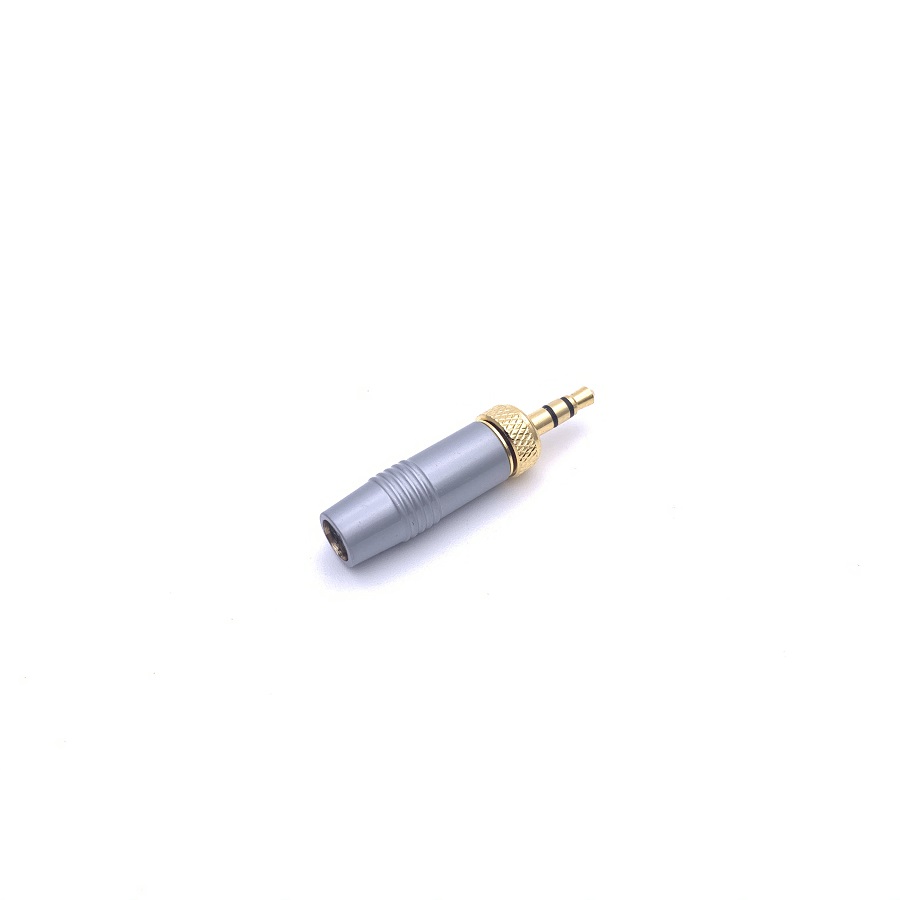(1) Failure phenomenon: poor contact
Possible reasons: ①The plug crimping screw is loose or the solder joint is weakly welded; ②The power lead at the root of the plug is broken (but sometimes contacted); ③The screw at the socket wire connection is loose or the wire is corroded (especially aluminum wire is more likely to occur); ④Socket socket Too loose; ④The quality of the socket is poor.
Maintenance methods: ①Tighten the screws or re-soldering; ②Cut off this section of wire and reconnect; ③Clean and tighten the screws; ④Power off, open the lamp, and use needle-nose pliers to clamp the blades together; ⑤Replace the socket.
(2) Trouble phenomenon: circuit failure
Possible causes: ①The socket socket is too loose and the plug is not in contact; ②The screw at the socket wire connection is dropped; ③The power lead is open (especially at the end); ④The plug crimping screw is loose or the solder joint is disconnected, and the wire is affected. Force the end of the thread to fall off.
Maintenance method: ① Power failure. Open the cup and use needle-nose pliers to close the copper sheet; ②tighten the screw; ③cut off this section of wire and reconnect; ④connect the thread, tighten the screw or re-weld, and press the pressure plate.
(3) Failure phenomenon: short circuit
Possible reasons: ① The wire head is exposed in the socket or plug too long or has burrs; ② The wire head is separated from the crimping screw of the socket or plug; ③ The two sockets of the socket are too close to each other; ④ The wiring screws in the plug are loose and mutually connected. Touch the line.
Maintenance method: ①Re-handle the connector; ②Reconnect the connector ③Power off, open the cover for repair; ④Disassemble and repair.
(4) Failure phenomenon: Bakelite burnt
Possible reasons: ①short circuit; ②long-term overload.
Maintenance method: ①Replace and eliminate the short-circuit point; ②Control the load or replace with a large capacity plug.
(5) Failure phenomenon: leakage
Possible causes: ①Damp or water; ②There is a bare wire at the end of the plug; ③Damage; ④The protective grounding (zero connection) wiring is wrong.
Maintenance method: ①It should be installed in a dry place, sheltered from rain, and cleaned frequently; ②reconnected; ③replaced; ④corrected according to the correct method.
(6) Failure phenomenon: damaged
Possible reasons: ①The rubber cover is damaged by the impact of external force; ②The copper sheet or terminal of the socket is burnt due to short circuit; ③The plug is aging for a long time.
Maintenance method: ①replace the rubber cover; ②replace the copper piece of the socket, the terminal or the whole; ③replace.
